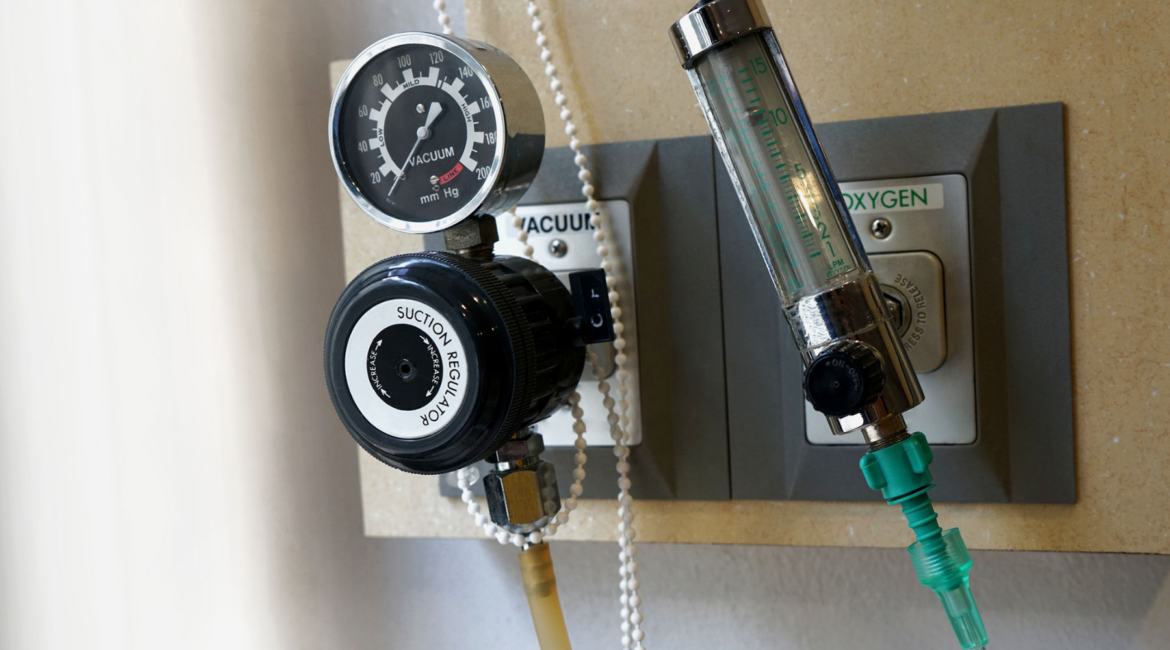When people think about life-saving equipment in a hospital, medical vacuum pumps don’t usually make the list. But behind the scenes—in operating rooms, ICUs, and procedure suites—there are different types of medical vacuum pumps working nonstop to maintain sterile environments and support critical care operations.
Whether you’re upgrading an existing system or designing a new healthcare facility, understanding the different types of medical vacuum pumps is essential. The right system can significantly impact energy efficiency, maintenance needs, spatial layout, and long-term cost of ownership.
In this guide, we’ll explore the four most common types of medical vacuum pump technologies and what makes each one unique.
1. Rotary Claw Vacuum Systems: Dry, Efficient, and Low Maintenance
Best for: Large hospitals, surgical centers, and energy-conscious facilities
Rotary claw vacuum pumps are a popular choice for medical environments that demand oil-free operation and low maintenance. These systems use dry compression—no oil is required inside the chamber—which reduces contamination risks and simplifies servicing.
Many rotary claw systems include Variable Speed Drive (VSD) technology, which adjusts motor speed based on real-time demand. This reduces both energy consumption and noise, making them ideal for patient-facing environments.
Key Benefits:
-
Oil-free design for contamination control
-
Low operating and maintenance costs
-
Quiet performance with energy-saving VSD
2. Lubricated Rotary Vane Systems: Cost-Effective and Reliable
Best for: Hospitals and clinics needing deep vacuum levels on a budget
Lubricated rotary vane systems use oil to seal, cool, and lubricate the vacuum chamber, making them well-suited for high-demand applications. They typically offer deeper vacuum levels at a lower upfront cost, which appeals to budget-conscious healthcare facilities.
Routine maintenance—including oil changes and filter replacements—is required more frequently than other system types. However, the long-term performance and reliability often outweigh these considerations.
Key Benefits:
-
Deep vacuum levels for intensive use
-
Lower initial cost
-
Proven, reliable technology
3. Oil-Less Rotary Vane Systems: Clean and Compact
Best for: Dental offices, outpatient centers, and mobile healthcare units
Oil-less rotary vane pumps offer a compact, dry vacuum option that’s easy to install and maintain. These systems don’t use oil, which eliminates the risk of contamination and reduces maintenance tasks.
Their straightforward design makes them an excellent plug-and-play solution for smaller healthcare environments that need dependable performance without complex infrastructure.
Key Benefits:
-
Compact, oil-free design
-
Minimal maintenance
-
Ideal for smaller or mobile facilities
4. Water-Sealed Liquid Ring Systems: Built for Moisture-Heavy Applications
Best for: Specialty settings with high-moisture or vapor intake
Water-sealed liquid ring pumps are designed for moisture-laden environments. They use a circulating water ring to seal and cool the compression chamber, making them ideal for handling condensable vapors or fluid-heavy gases.
While they require a dedicated water supply and drainage system, their ability to tolerate harsh intake conditions makes them a reliable solution in niche healthcare settings.
Key Benefits:
-
Tolerant of moisture and vapor
-
Rugged, low-maintenance performance
-
Excellent for specialized medical applications
How to Decide Which Medical Vacuum System Is Right
When selecting a vacuum system for your healthcare facility, consider more than just technical specifications. Key decision factors include:
-
Compliance with NFPA 99 and other medical gas standards
-
Oil-free operation for sterile or sensitive environments
-
Energy efficiency through VSD and other smart technologies
-
Noise levels, especially in patient care areas
-
Modularity and serviceability for future upgrades and easy access
Final Thoughts
Medical vacuum systems may not be flashy, but they are essential to safe, high-quality care. By understanding the strengths of each vacuum pump type—rotary claw, lubricated rotary vane, oil-less rotary vane, and liquid ring—you can make informed decisions that enhance performance, ensure regulatory compliance, and control lifecycle costs.
At GlobalVac & Air, we specialize in helping hospitals and medical centers find the right vacuum system for their needs. From standard configurations to fully customized engineered systems, we’re here to help.

